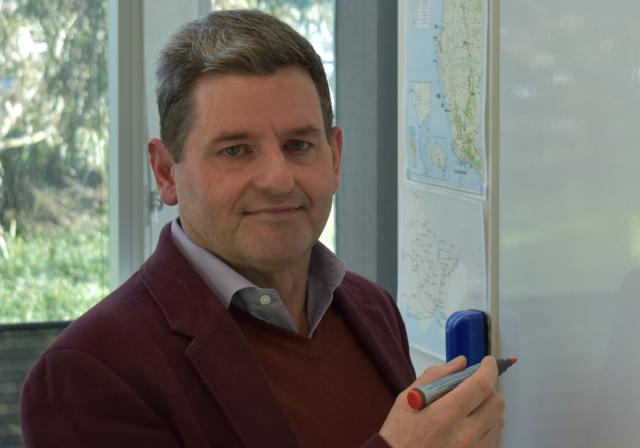
Aidan Curtis
A LARGER population could have significant benefits for towns in the region, but a number of factors are getting in the way of growth.
According to the results of a Regional Australia Institute (RAI) survey, more than 80 per cent of people believe the country needs to evenly spread its population between regional areas and metropolitan cities.
The survey, conducted between March and June this year, was part of RAI’s research into how more populous regions could benefit the country as a whole.
“We know the move towards a handful of ‘megacities’ is not the right trajectory for Australia – instead, we must unlock the productivity and economic potential of Australia’s regional cities and communities, and shift the dial in the right direction,” RAI chief executive Liz Ritchie said.
“After more than a decade of research, our evidence points firmly towards the conclusion that Australia will be a stronger and more prosperous nation if our regions are stronger.”
Regional Development Australia Limestone Coast (RDALC) chief executive David Wheaton said having more people moving to the area would show benefits in multiple ways.
“People are the lifeblood of our economy; they drive and run our small businesses, they deliver our services, they teach in our schools,“ he said.
“They bring new knowledge, new understandings of processes, so they help drive efficiencies and innovation.
“They help the region to be more effective and competitive from an economic point of view.“
Mr Wheaton said while there would be so many positives to increasing our population, barriers like housing supply were standing in the way.
“We talk to and get calls from people quite often who have been offered a job in the region, but are having real difficulty finding somewhere to live,“ he said.
“The rental availability has really gone down and the cost has gone up.“
He said it was also difficult to attract migrant workers to the regions in light of the pandemic, and an ageing workforce with young people often moving away for work or study meant there were generally more jobs than people.
“We’re hearing at the moment, that right across the region, across all of our industries and across most occupations, our businesses are experiencing real difficulty recruiting people,“ he said.
“When you look at the impacts of Covid, the closing down of international borders, it’s put a real squeeze on the labour market.
“It’s a real difficulty for our employers to maintain what they’re doing, let alone how they might grow, tap into new markets or build new products.
“We have to grow our population just to maintain the status quo of what we’ve got, but it’s even more important, I think, that we continue to seek a growth trajectory.“
Mr Wheaton said there is no easy solution to these problems and lots of different solutions might be needed.







